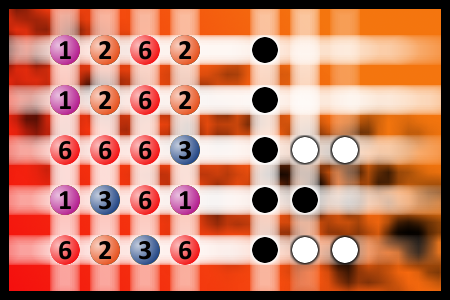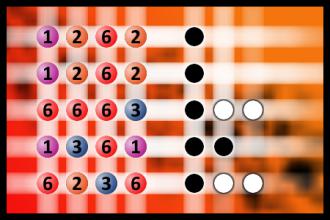What a winning combination?
The computer chose a secret code (sequence of 4 digits from 1 to 6). Your goal is to find that code. Black circles indicate the number of hits on the right spot. White circles indicate the number of hits on the wrong spot.Correct answers: 49
The first user who solved this task is Sanja Šabović.
#brainteasers #mastermind

Top 10 Funny Summer Quotes
DespicableMeMinions.org share with her visitors best 10 funny summer quotes. This funny quotes will add humor to your conversations while you're enjoying summer.

